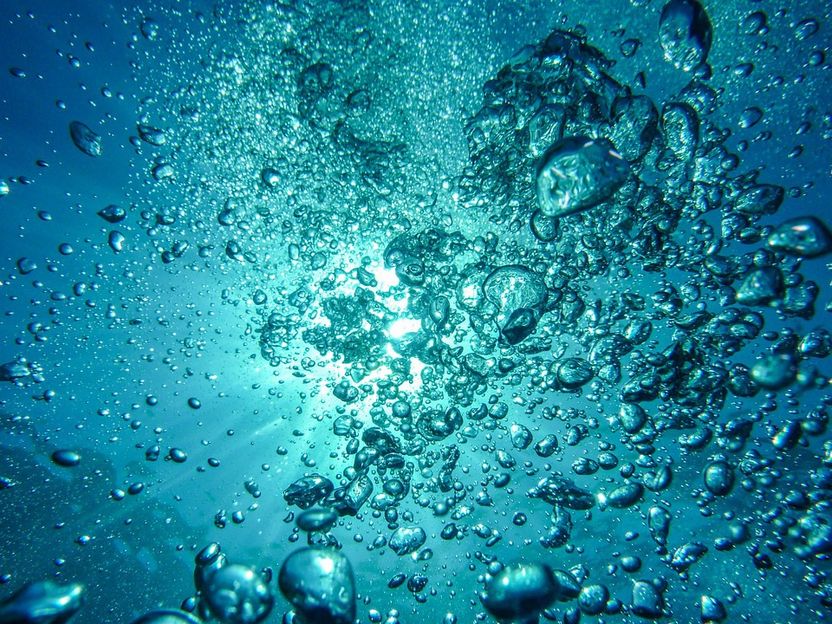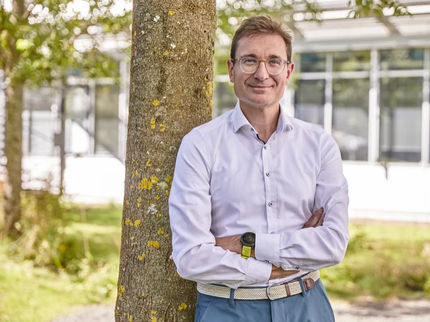Artificial enzymes convert solar energy into hydrogen gas
In a new scientific article, researchers at Uppsala University describe how, using a completely new method, they have synthesised an artificial enzyme that functions in the metabolism of living cells. These enzymes can utilize the cell's own energy, and thereby enable hydrogen gas to be produced from solar energy.

Hydrogen gas has long been noted as a promising energy carrier, but its production is still dependent on fossil raw materials. Renewable hydrogen gas can be extracted from water, but as yet the systems for doing so have limitations.
In the new article an interdisciplinary European research group led by Uppsala University scientists describe how artificial enzymes convert solar energy into hydrogen gas. This entirely new method has been developed at the University in the past few years. The technique is based on photosynthetic microorganisms with genetically inserted enzymes that are combined with synthetic compounds produced in the laboratory. Synthetic biology has been combined with synthetic chemistry to design and create custom artificial enzymes inside living organisms.
"We've now been able to use the method we developed to produce enzymes that use the cell's own energy to produce hydrogen gas," says Adam Wegelius, a PhD student at the Department of Chemistry - Ångström Laboratory, Uppsala University.
Senior Lecturer Gustav Berggren and Professor Peter Lindblad of the same department have been jointly leading the research.
"Evolution has already developed and refined a tool for capturing sunlight through photosynthesis. And by introducing our artificial enzyme into photosynthetic cyanobacteria we can directly benefit from this efficient process, thus producing hydrogen gas from solar energy. We've developed a completely new method, which allows us to go beyond the solutions offered by evolution and nature, in our development of artificial enzymes" Berggren says.
Original publication
Most read news
Original publication
Wegelius, Adam and Khanna, Namita and Esmieu, Charlène and Barone, Giovanni Davide and Pinto, Filipe and Tamagnini, Paula and Berggren, Gustav and Lindblad, Peter; "Generation of a functional, semisynthetic [FeFe]-hydrogenase in a photosynthetic microorganism"; Energy Environ. Sci.; 2018
Topics
Organizations
Other news from the department science

Get the life science industry in your inbox
By submitting this form you agree that LUMITOS AG will send you the newsletter(s) selected above by email. Your data will not be passed on to third parties. Your data will be stored and processed in accordance with our data protection regulations. LUMITOS may contact you by email for the purpose of advertising or market and opinion surveys. You can revoke your consent at any time without giving reasons to LUMITOS AG, Ernst-Augustin-Str. 2, 12489 Berlin, Germany or by e-mail at revoke@lumitos.com with effect for the future. In addition, each email contains a link to unsubscribe from the corresponding newsletter.





















































